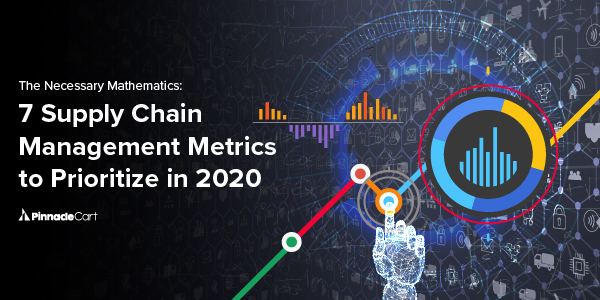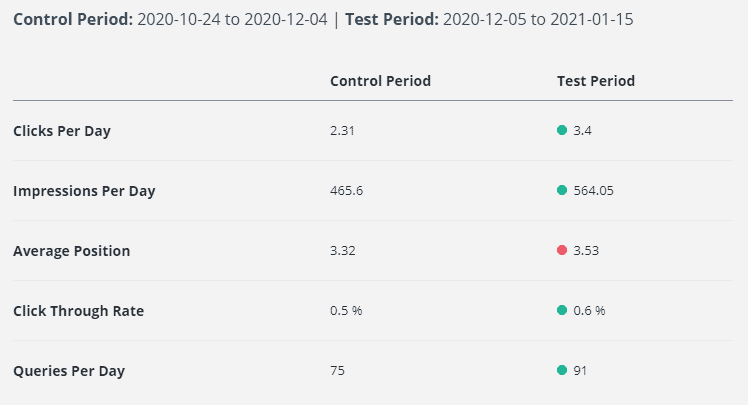
Most companies look at the cost of their freight to predict overall expenditures. It’s also a metric worth tracking to see where you can improve. You determine it by looking at total freight costs and dividing by the number of units shipped over that period. Try to keep your freight measurements consistent across all categories, and you can gain deeper insights.
This metric is useful for figuring out the best way to get goods to partners and customers, as well as how to bring it into your warehouses. Measure as much as you can and as many aspects as you can. It seems like a simple metric, but getting granular is how you use it to improve operations.
If you compare freight across various modes like less than truckload (LTL) vs. full truckload (FTL), or barge vs. air, you get a better understanding of the overall cost options. You might also discover that restocking is more affordable for you by ocean and FTL. But if you order larger quantities, you may have to expand warehouse-space costs for these goods.
Knowing freight costs can help you best position your business and control spending while meeting customer expectations. As we all know, customer satisfaction is how you keep the lights on today.
7. Customer Satisfaction (NPS)






